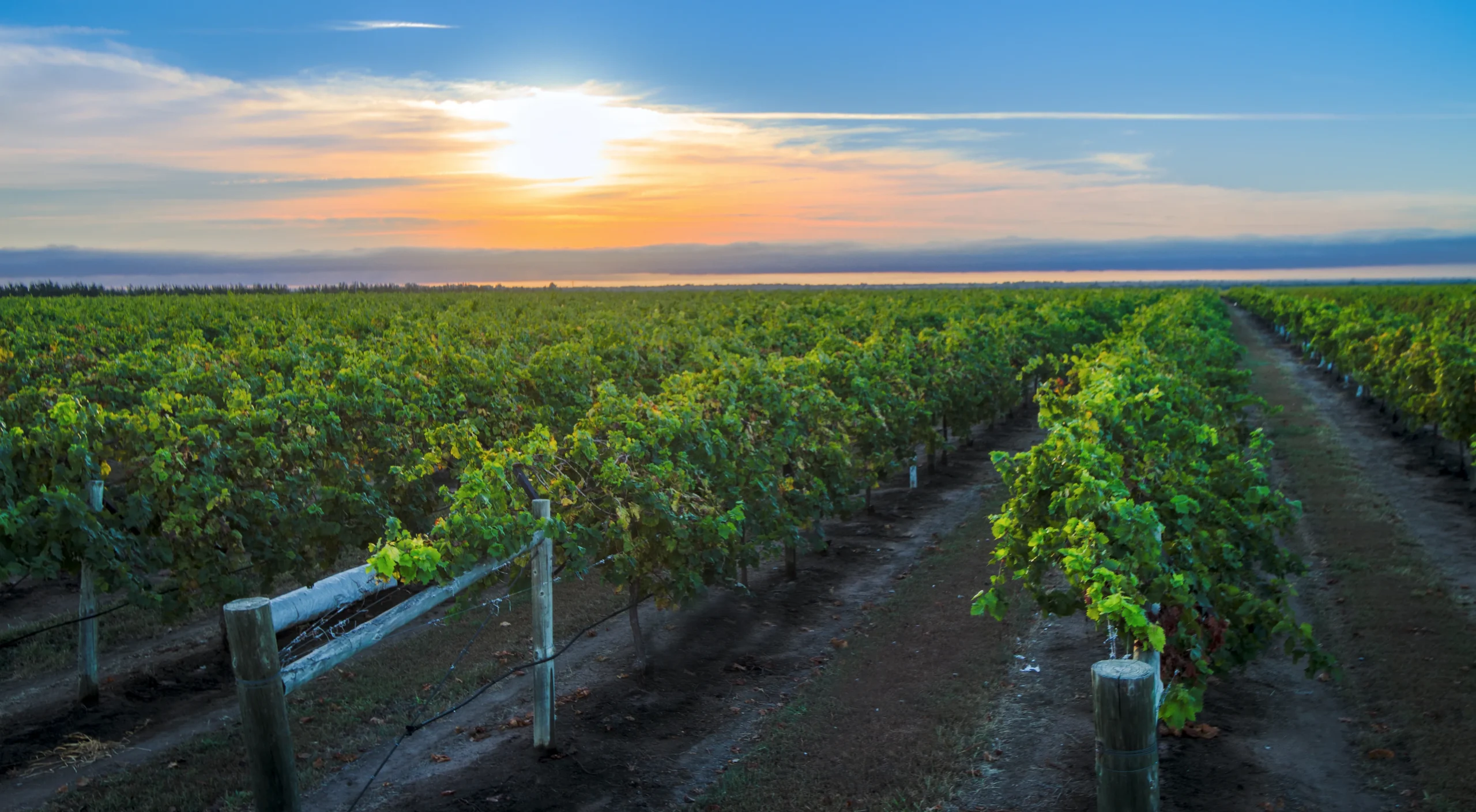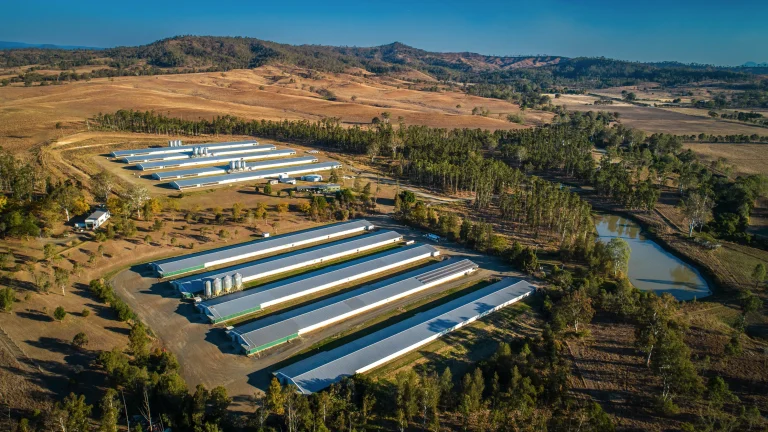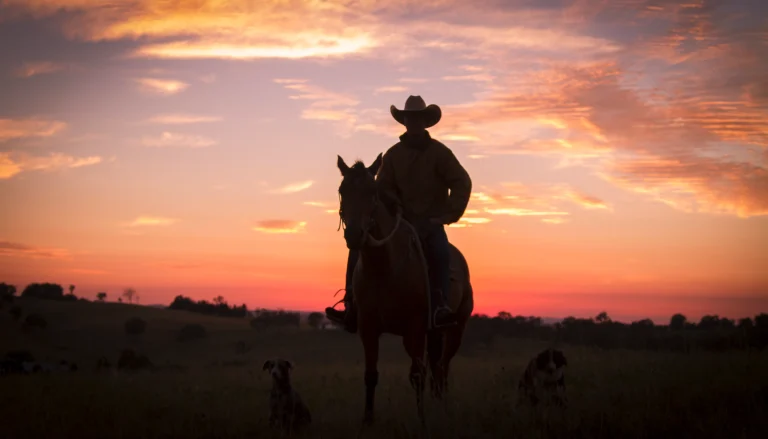Market Trends in Australia’s Grazing Land Investments: Strategic Investment Analysis Guide
Introduction
What factors are driving unprecedented investor interest in Australian grazing properties, and how can astute investors position themselves to capitalize on emerging opportunities? Understanding the current market trends in Australia’s grazing land investments reveals a dynamic sector influenced by global commodity demand, climate adaptation strategies, domestic food security priorities, and international capital flows seeking agricultural asset exposure.
Australia’s vast pastoral landscapes offer compelling investment characteristics through diverse grazing systems, established export infrastructure, and proximity to growing Asian protein markets that support long-term demand fundamentals. These advantages have attracted sophisticated investors ranging from institutional funds to high-net-worth individuals seeking portfolio diversification through productive agricultural assets.
At Agribusiness Horizons, we monitor Australian grazing property markets continuously, providing clients with current intelligence about investment opportunities, market dynamics, and strategic positioning approaches. Our specialized knowledge helps investors understand regional variations, seasonal influences, and structural trends that shape grazing land investment outcomes.
This comprehensive analysis examines key drivers influencing grazing property markets, from international demand patterns and domestic policy developments to regional performance variations and emerging investment strategies. You’ll gain insights into market intelligence, investment approaches, and strategic considerations that successful grazing land investors employ across Australia’s diverse pastoral regions and livestock systems.
Australian Grazing Investment Market Evolution
Australia’s grazing land investment sector has undergone significant transformation over recent decades, evolving from predominantly family-owned pastoral operations to include sophisticated investment vehicles, institutional capital, and international ownership that reflect growing recognition of agricultural assets as strategic investments.
Institutional investor participation has increased substantially as superannuation funds, managed investment schemes, and agricultural investment trusts recognize grazing properties as inflation-hedged assets with steady income potential and long-term capital appreciation prospects that complement traditional investment portfolios.
International capital flows into Australian grazing properties reflect global agricultural investment trends, with investors from Asia, North America, and Europe seeking exposure to Australian agricultural productivity and export market positioning while diversifying geographic and currency exposure through agricultural asset ownership.
Technology integration and operational sophistication have transformed modern grazing operations from traditional extensive pastoral systems to precision-managed enterprises that employ satellite monitoring, rotational grazing programs, and data-driven decision making that enhance productivity and investment returns while supporting sustainable land management practices.
The development of agricultural investment funds and managed investment schemes has democratized access to grazing land investments, enabling smaller investors to participate in large-scale pastoral properties through collective investment structures that provide professional management and portfolio diversification benefits.
Current Market Trends in Australia’s Grazing Land Investments Analysis
Regional Performance and Investment Hotspots
Australian grazing property investment patterns demonstrate significant regional variations reflecting climate conditions, infrastructure access, market proximity, and development potential that create distinct investment characteristics and return profiles across different pastoral regions and livestock systems.
Queensland’s extensive cattle country continues attracting premium investment interest through its combination of reliable growing conditions, established export infrastructure, and proximity to Asian markets that support strong fundamentals for large-scale cattle operations and integrated livestock enterprises.
New South Wales grazing regions offer diverse investment opportunities from intensive livestock operations near population centers to extensive pastoral properties in western regions, providing investors with options ranging from high-intensity operations to land banking strategies with development potential.
Western Australia’s pastoral regions provide opportunities for large-scale operations with substantial land holdings that appeal to investors seeking economies of scale and long-term capital appreciation through extensive grazing systems and potential agricultural development projects.
Northern Territory and South Australian pastoral regions offer unique investment characteristics through their combination of indigenous land arrangements, extensive grazing systems, and emerging agricultural development opportunities that appeal to specialized investors with long-term investment horizons and development expertise.
Commodity Market Influences and Export Demand
Livestock property investment trends reflect strong underlying commodity market fundamentals driven by expanding global protein consumption, particularly in Asian markets where rising incomes and dietary preferences support sustained demand growth for high-quality Australian beef and livestock products.
Export market positioning provides Australian grazing operations with competitive advantages through established trade relationships, quality assurance systems, and geographic proximity to major consuming markets that support premium pricing and stable demand patterns for livestock products.
Processing industry consolidation and vertical integration trends influence grazing property valuations through their impact on marketing options, contract opportunities, and value-chain positioning that affect operational returns and investment attractiveness across different regions and livestock systems.
Currency fluctuations and international trade dynamics affect grazing property investment returns through their influence on export competitiveness and commodity pricing that can significantly impact operational profitability and property values over investment holding periods.
Domestic market growth and food security considerations provide additional demand support for grazing operations through population growth, dietary preferences, and strategic food security policies that maintain strong domestic market foundations alongside export opportunities.
Technology Adoption and Operational Enhancement
Modern grazing operations increasingly incorporate precision management technologies including satellite monitoring, GPS tracking systems, and automated water management that enhance operational efficiency while providing investors with detailed performance data and management transparency.
Regenerative agriculture practices and carbon farming opportunities represent emerging value streams for grazing properties, as investors seek operations positioned to benefit from carbon credit markets and environmental service payments that provide additional revenue sources beyond traditional livestock production.
Genetic improvement programs and breeding technology advancement continue enhancing livestock quality and productivity, providing investors with operational improvements and competitive advantages that support long-term investment returns and market positioning benefits.
Infrastructure modernization including improved fencing, water systems, and handling facilities enhances operational efficiency while reducing labor requirements and improving animal welfare standards that meet evolving market expectations and regulatory requirements.
Data management systems and performance monitoring capabilities enable sophisticated investment analysis and operational optimization that support informed decision-making and continuous improvement opportunities for grazing property investments.
Australian Grazing Land Investment Market Analysis
| Investment Segment | Regional Focus | Investment Characteristics | Market Drivers |
|---|---|---|---|
| Large-Scale Cattle Stations | Queensland, Northern Territory | Substantial land holdings, economies of scale | Export demand, institutional capital |
| Intensive Grazing Operations | NSW, Victoria | High productivity, proximity to markets | Domestic consumption, processing access |
| Mixed Farming Systems | Southern regions | Diversified operations, risk management | Operational flexibility, multiple income streams |
| Development Properties | Emerging regions | Infrastructure potential, value-add opportunities | Water development, agricultural expansion |
| Carbon Farming Enterprises | Diverse regions | Environmental services, regenerative practices | Carbon markets, sustainability premiums |
| Succession Planning Sales | Established regions | Family farm transitions, established operations | Demographic changes, retirement planning |
This framework illustrates how pastoral land market dynamics Australia vary across different investment approaches and regional characteristics that influence investment strategies and return expectations.
Capital Market Developments and Investment Structures
Agricultural investment fund development has created new pathways for grazing land investment participation, enabling investors to access professional management, diversified property portfolios, and operational expertise while maintaining liquidity options through managed investment structures.
Foreign investment regulations and policy frameworks continue evolving, creating opportunities and constraints for international capital participation in Australian grazing properties while maintaining strategic agricultural asset protection and community involvement in rural property ownership.
Debt financing availability and agricultural lending conditions influence investment feasibility and return calculations, as financial institutions develop specialized agricultural lending products that recognize grazing property characteristics and cash flow patterns for investment financing support.
Partnership structures and joint venture arrangements enable investors to participate in grazing operations while sharing operational expertise, management responsibilities, and capital requirements that provide access to larger-scale opportunities and risk-sharing benefits.
Succession planning and intergenerational wealth transfer considerations increasingly influence grazing property availability, as established farming families seek transition strategies that provide capital access while maintaining operational continuity and family involvement.
Investment Strategy Development and Risk Management
Portfolio Construction and Diversification Approaches
Successful grazing land investment strategies employ geographic diversification across multiple regions and climate zones to reduce weather-related risks and seasonal variations that can significantly impact individual property performance and overall portfolio returns.
Operational diversification through mixed livestock systems, breeding and finishing operations, and value-added enterprises provides income stability and risk management benefits while creating operational flexibility and market positioning advantages.
Scale considerations influence investment approaches, as larger properties may provide economies of scale and operational efficiencies while smaller operations might offer intensive management opportunities and proximity advantages to markets and services.
Investment timing strategies consider market cycles, seasonal factors, and economic conditions that influence property availability and pricing to optimize acquisition opportunities and investment returns through strategic market positioning.
Agribusiness Horizons’ Grazing Investment Market Intelligence
Our specialized approach to grazing property investment analysis combines comprehensive market monitoring with regional expertise, providing clients with current intelligence about market trends in Australia’s grazing land investments and strategic positioning opportunities across diverse pastoral regions and investment approaches.
At Agribusiness Horizons, we maintain continuous surveillance of grazing property markets through our network of regional specialists, transaction monitoring, and market intelligence systems that provide clients with timely information about investment opportunities and market developments.
Our investment advisory services include detailed market analysis that examines regional performance trends, commodity market influences, and investment opportunity assessment tailored to client objectives and risk tolerance levels across different grazing property investment strategies.
Through our extensive pastoral industry relationships, we provide access to off-market opportunities and facilitate connections between qualified investors and motivated sellers across Australia’s premier grazing regions while ensuring appropriate due diligence and transaction support.
We provide ongoing grazing sector investment analysis and market monitoring services that help clients understand performance trends, identify emerging opportunities, and optimize investment timing decisions based on comprehensive market intelligence and regional expertise.
Our advisory services extend beyond market analysis to include investment structuring guidance, operational assessment support, and strategic planning assistance that helps clients achieve optimal investment outcomes while managing risks and maximizing returns through professional grazing property investment approaches.
Emerging Opportunities and Future Considerations
Sustainability and Environmental Markets
Carbon farming integration and environmental service opportunities increasingly enhance grazing property investment propositions through additional revenue streams from carbon credit generation, biodiversity conservation programs, and ecosystem service payments that complement traditional livestock production income.
Regenerative agriculture practices and soil health management provide operational benefits while positioning properties for emerging environmental markets and sustainability premiums that appeal to environmentally conscious investors and meet evolving market requirements.
Water resource optimization and drought resilience planning have become essential investment considerations as climate variability influences operational reliability and long-term sustainability of grazing operations across different regions and production systems.
Native vegetation management and biodiversity conservation opportunities provide potential revenue streams while demonstrating environmental stewardship that meets regulatory requirements and market expectations for sustainable agricultural practices.
Technology Integration and Innovation
Precision livestock management systems and automated monitoring technologies provide operational advantages while generating detailed performance data that supports investment analysis and operational optimization for sophisticated grazing property investments.
Remote sensing and satellite monitoring capabilities enable large-scale property management and performance tracking that provides investors with transparency and oversight capabilities while reducing management costs and improving operational efficiency.
Genetic improvement programs and breeding technology advancement continue creating value enhancement opportunities through livestock quality improvements and productivity gains that support long-term investment returns and competitive positioning.
Alternative protein market developments and cellular agriculture trends require monitoring for potential long-term impacts on traditional livestock demand, though the Australian rural grazing investment outlook remains positive based on current market fundamentals supporting conventional grazing operations.
Blockchain technology and supply chain transparency initiatives increasingly influence market access and premium pricing opportunities for grazing operations that can demonstrate product integrity and traceability throughout production and processing systems.
Risk Assessment and Management Strategies
Climate risk management through geographic diversification, drought planning, and seasonal management strategies provides essential protection for grazing property investments while maintaining operational flexibility and performance consistency across varying seasonal conditions.
Market risk assessment includes commodity price volatility, demand fluctuations, and competitive pressures that require ongoing monitoring and strategic adaptation to maintain investment performance and operational competitiveness.
Regulatory and policy risk considerations include environmental regulations, foreign investment policies, and industry standards that may influence operational requirements and investment attractiveness over long-term holding periods.
Operational risk factors including management capability, labor availability, and infrastructure reliability require assessment and mitigation planning to ensure consistent investment performance and operational sustainability.
Strategic Investment Positioning
Investment timing considerations reflect market cycles, seasonal availability patterns, and economic conditions that influence optimal acquisition strategies and investment return optimization through strategic market positioning. These factors significantly influence market trends in Australia’s grazing land investments and require careful analysis for successful investment outcomes.
Due diligence requirements for grazing property investments include comprehensive assessment of operational capability, market positioning, infrastructure condition, and regulatory compliance that support informed investment decisions and risk management.
Exit strategy planning considers market liquidity, capital appreciation potential, and operational transition requirements that influence investment structuring and holding period optimization for different investment objectives and market conditions.
Performance measurement and benchmarking systems enable ongoing investment monitoring and optimization through comparison with market performance indicators and operational efficiency metrics that support continuous improvement and strategic adjustment.
Conclusion
The Australian grazing land investment sector continues demonstrating strong fundamentals driven by export market positioning, domestic demand growth, and investor recognition of agricultural assets as strategic portfolio components. Understanding these market trends in Australia’s grazing land investments enables informed decision-making and strategic positioning for optimal investment outcomes.
Professional market intelligence and advisory support prove invaluable for grazing land investment success, as specialized knowledge of regional markets, operational requirements, and industry dynamics significantly influences investment performance and risk management effectiveness. Working with experienced agricultural investment specialists ensures access to current market intelligence and professional guidance.
Several strategic questions warrant consideration when evaluating grazing land investment opportunities: How do current market conditions and commodity outlook influence investment timing and regional selection strategies? What operational characteristics and management capabilities support long-term investment success in your target grazing sectors? How can emerging opportunities such as carbon farming and technology adoption enhance investment returns while managing operational and market risks?
Contact Agribusiness Horizons today to discuss your grazing land investment objectives and access our specialized expertise in Australian pastoral property markets and investment analysis. Our team combines comprehensive market intelligence with deep regional knowledge to help you identify and evaluate grazing property investment opportunities that align with your strategic objectives while optimizing returns and managing risks across Australia’s diverse pastoral landscapes.



